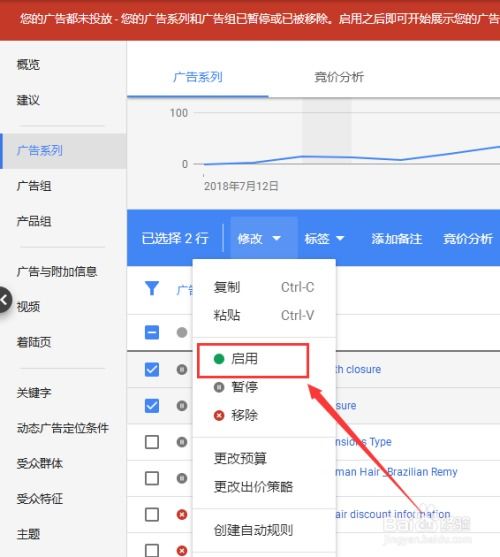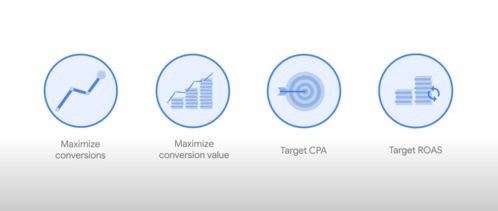Understanding Google Ads: A Comprehensive Guide

Google Ads, previously known as Google AdWords, is a powerful online advertising platform that allows businesses to promote their products and services across Google’s vast network. Whether you’re a small startup or a large corporation, Google Ads can help you reach your target audience and achieve your marketing goals. In this detailed guide, we’ll explore the various aspects of Google Ads, from its different ad formats to the essential terms and strategies you need to know.
Google Ads Ad Formats

Google Ads offers a variety of ad formats to suit different marketing objectives. Here are some of the most common ad formats:
| Ad Format | Description |
|---|---|
| Search Ads | Text-based ads that appear at the top of Google’s search results when someone searches for relevant keywords. |
| Display Ads | Image-based ads that appear on websites and apps within the Google Display Network. |
| Video Ads | Video ads that play on YouTube and other Google-owned properties. |
| Shopping Ads | Product-based ads that show up when someone searches for products similar to those you offer. |
| App Ads | Ads that promote your app on Google Play and other app stores. |
Google Ads Terms You Need to Know

Understanding the terminology used in Google Ads is crucial for effectively managing your campaigns. Here are some of the most important terms:
- AdRank: The value that determines where your ad appears on the search results page. It’s calculated by multiplying your maximum bid by your Quality Score.
- Bidding: The process of setting the maximum amount you’re willing to pay for a click on your ad. You can choose from various bidding strategies, such as Cost Per Click (CPC), Cost Per Mille (CPM), and Cost Per Engagement (CPE).
- Click-Through Rate (CTR): The percentage of people who click on your ad after seeing it. A higher CTR indicates that your ad is relevant and engaging.
- Conversion Rate (CVR): The percentage of people who take a desired action after clicking on your ad, such as making a purchase or filling out a contact form.
Setting Up Your Google Ads Account
Before you can start running ads on Google Ads, you’ll need to create an account. Here’s a step-by-step guide to help you get started:
- Go to the Google Ads website and click on “Start now.”
- Sign in with your Google account or create a new one.
- Choose your business type and industry.
- Set up your payment method and budget.
- Create your first campaign by selecting your campaign type, target audience, and keywords.
- Write your ad copy and create your ad extensions.
- Review and submit your campaign for approval.
Optimizing Your Google Ads Campaigns
Once your campaign is live, it’s essential to monitor its performance and make adjustments as needed. Here are some tips for optimizing your Google Ads campaigns:
- Analyze your campaign’s performance regularly to identify areas for improvement.
- Use negative keywords to exclude irrelevant traffic from your ads.
- Split test different ad variations to see which performs best.
- Adjust your bids based on the performance of your keywords and ad groups.
- Leverage ad extensions to provide additional information about your business.
Conclusion
Google Ads is a powerful tool that can help you reach your target audience and achieve your marketing goals. By understanding the different ad formats, terms, and strategies, you can create effective campaigns that drive results. Remember to continuously monitor and optimize your campaigns to ensure they remain relevant and effective.
